Archive
2022
KubaParis
Dialogues
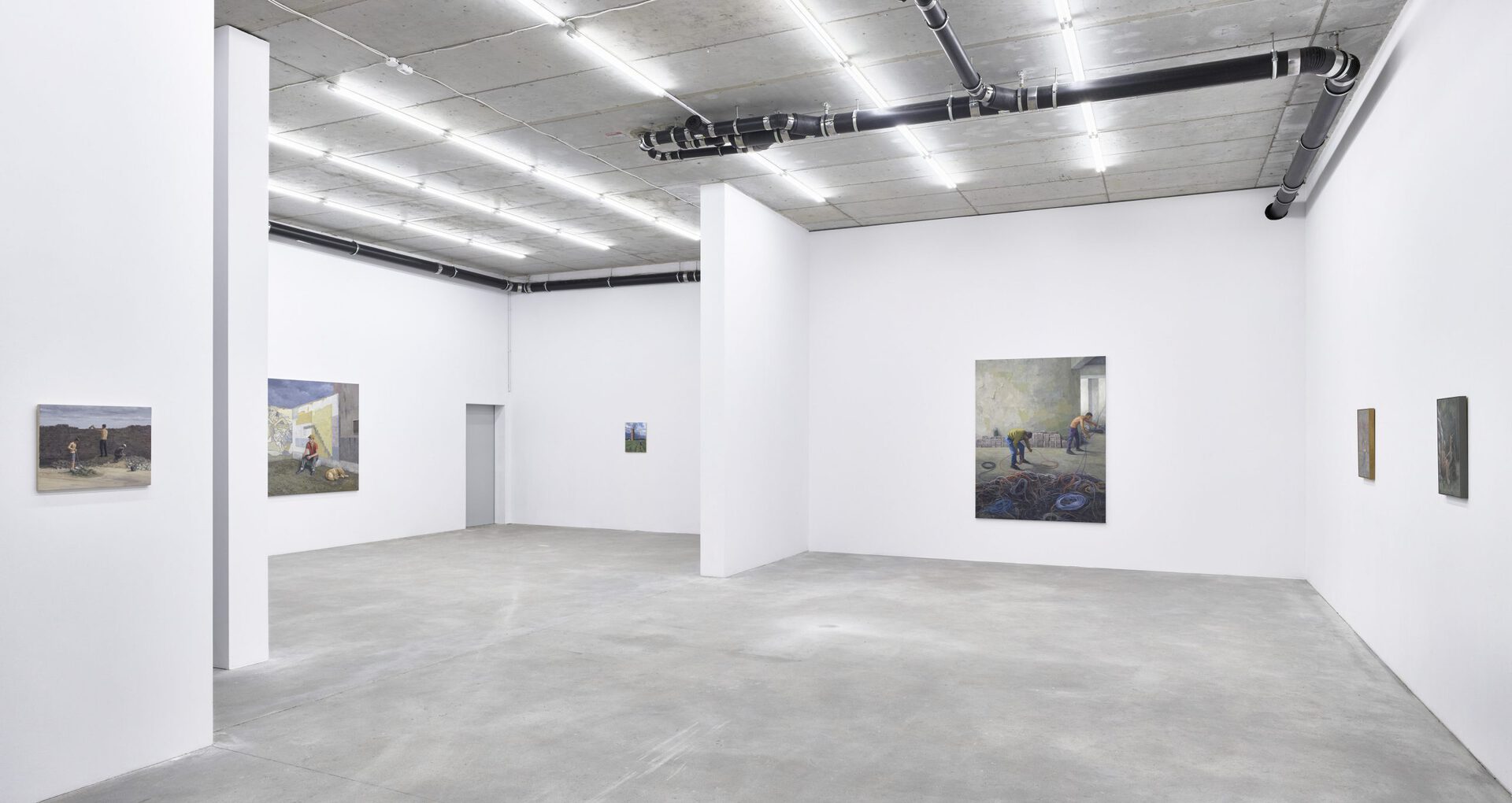
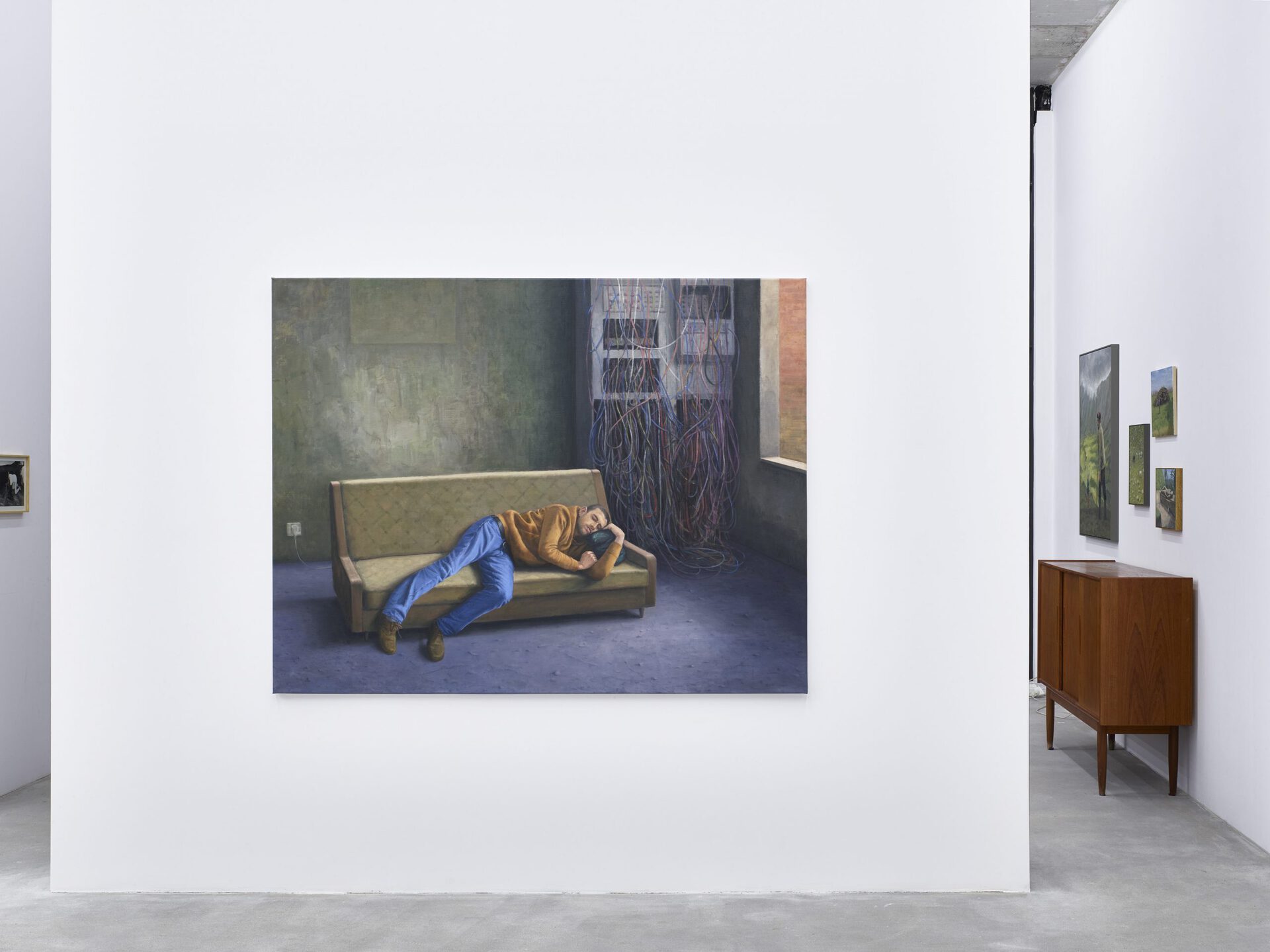
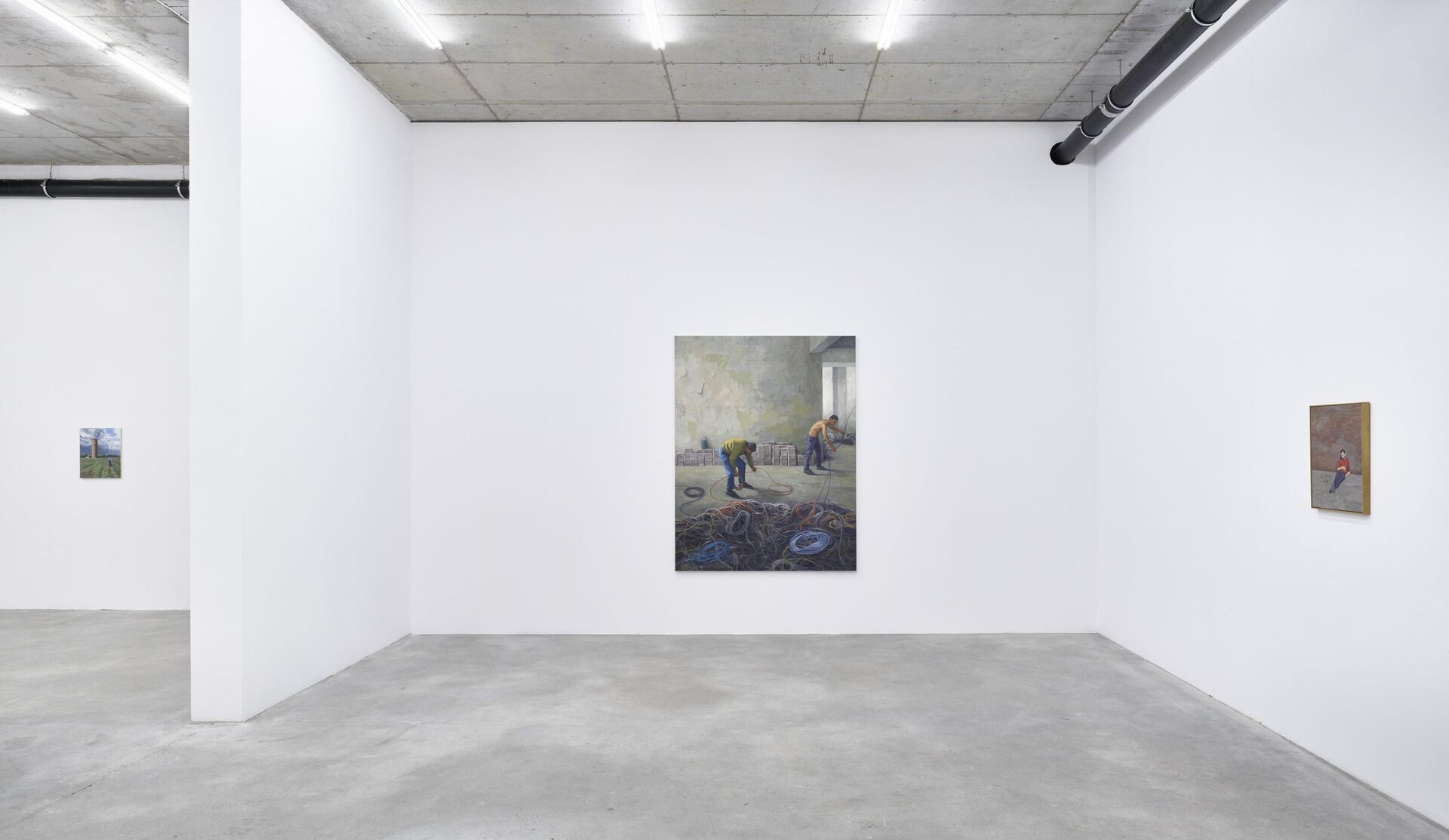
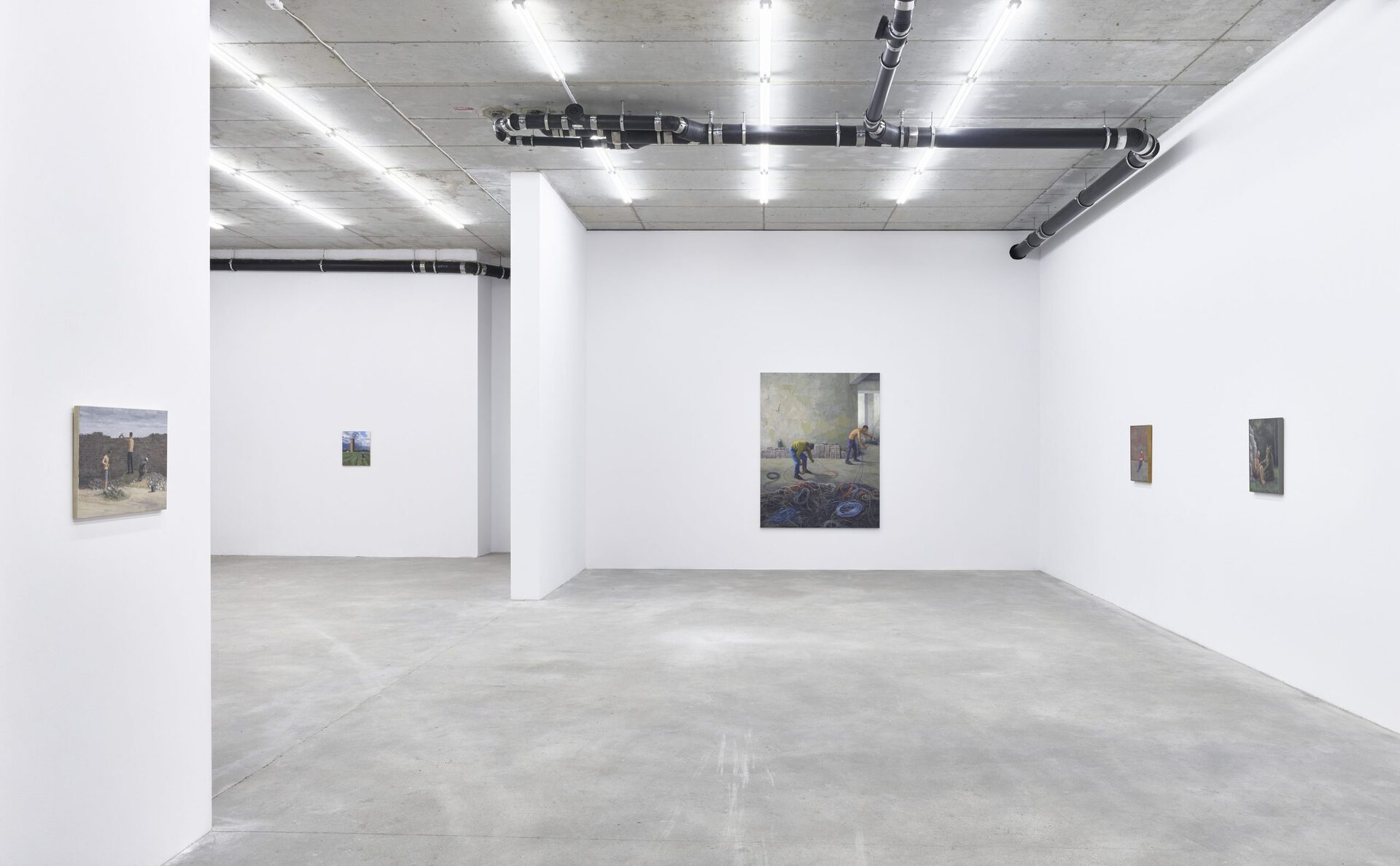
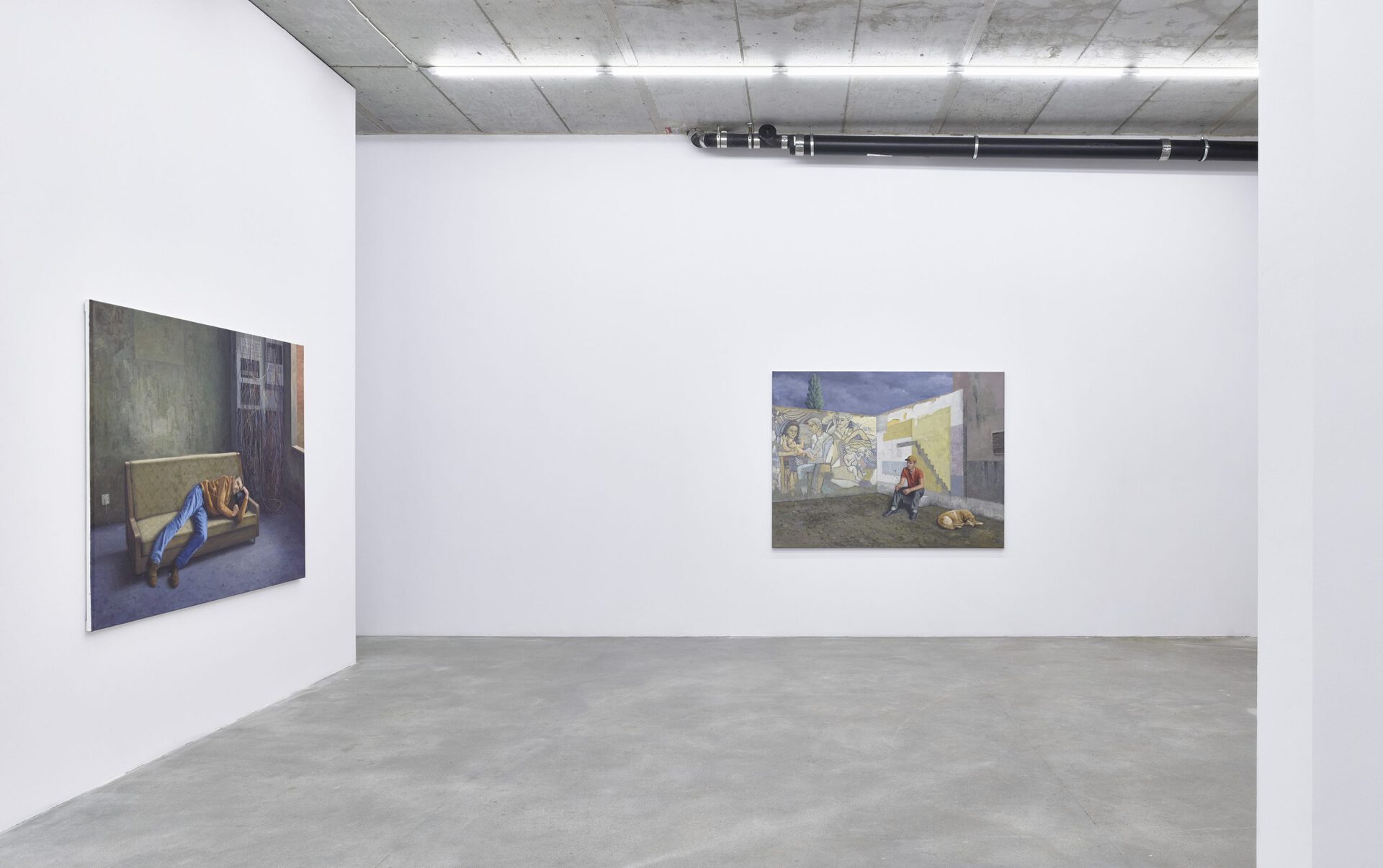
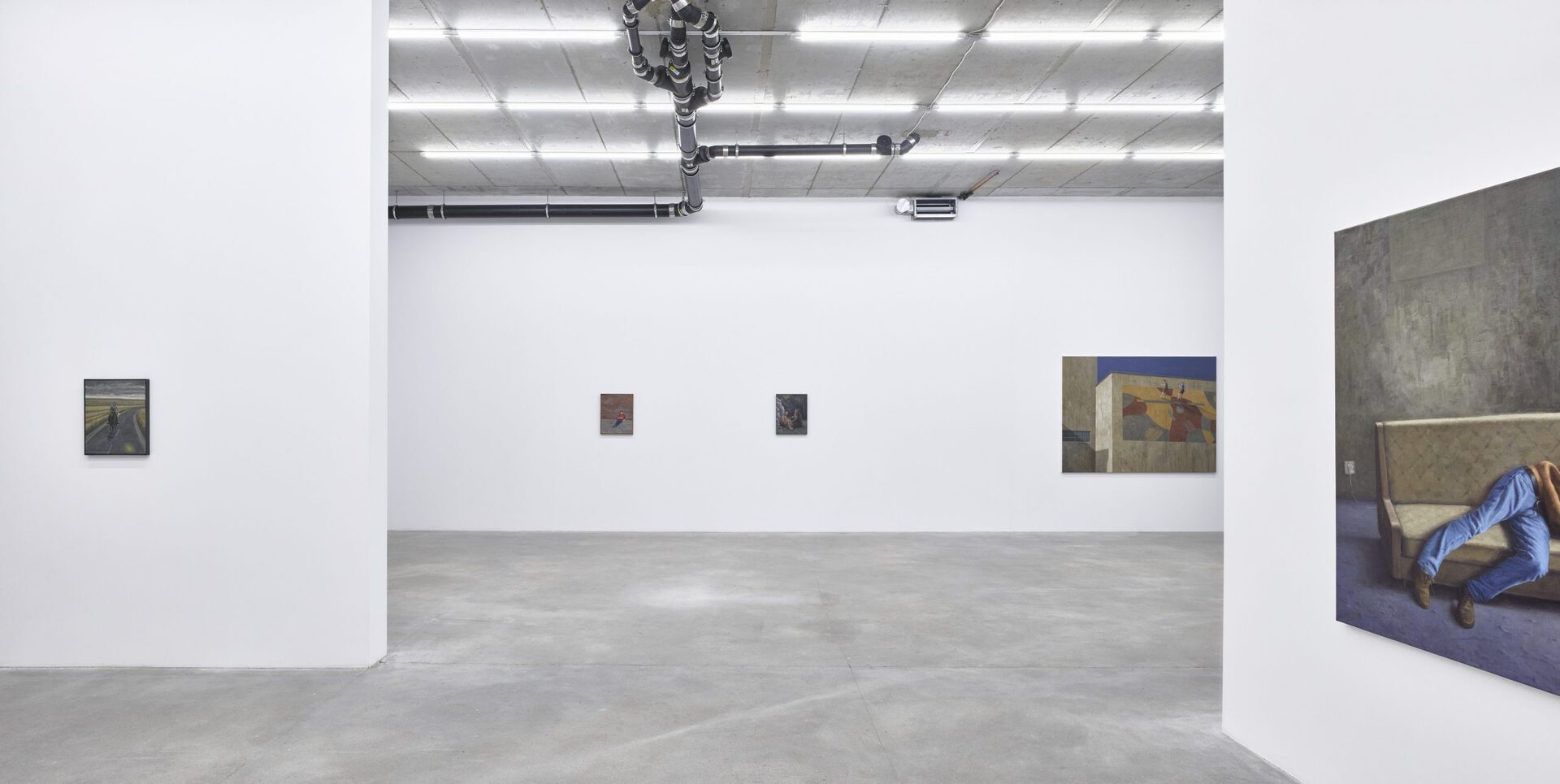
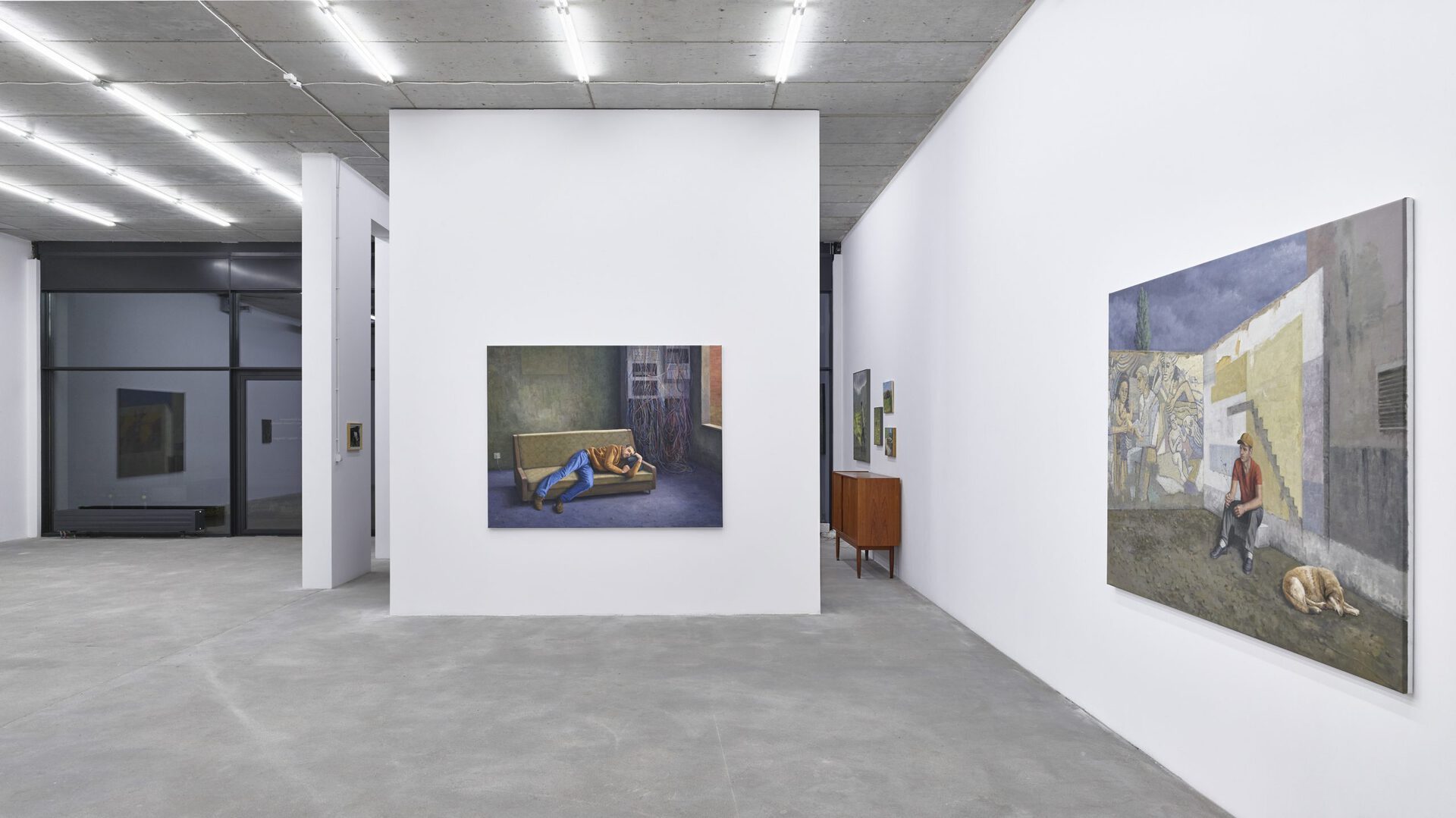

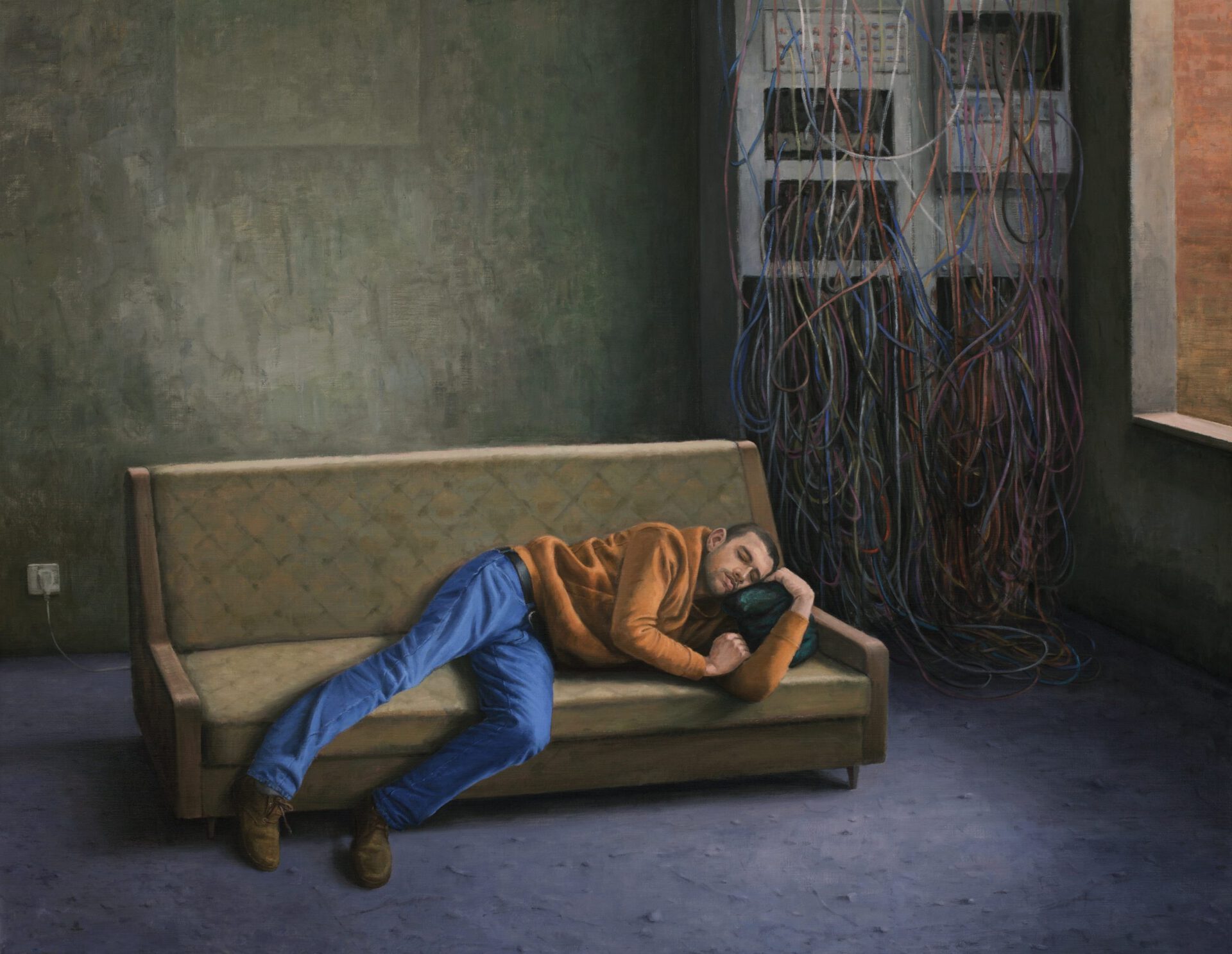
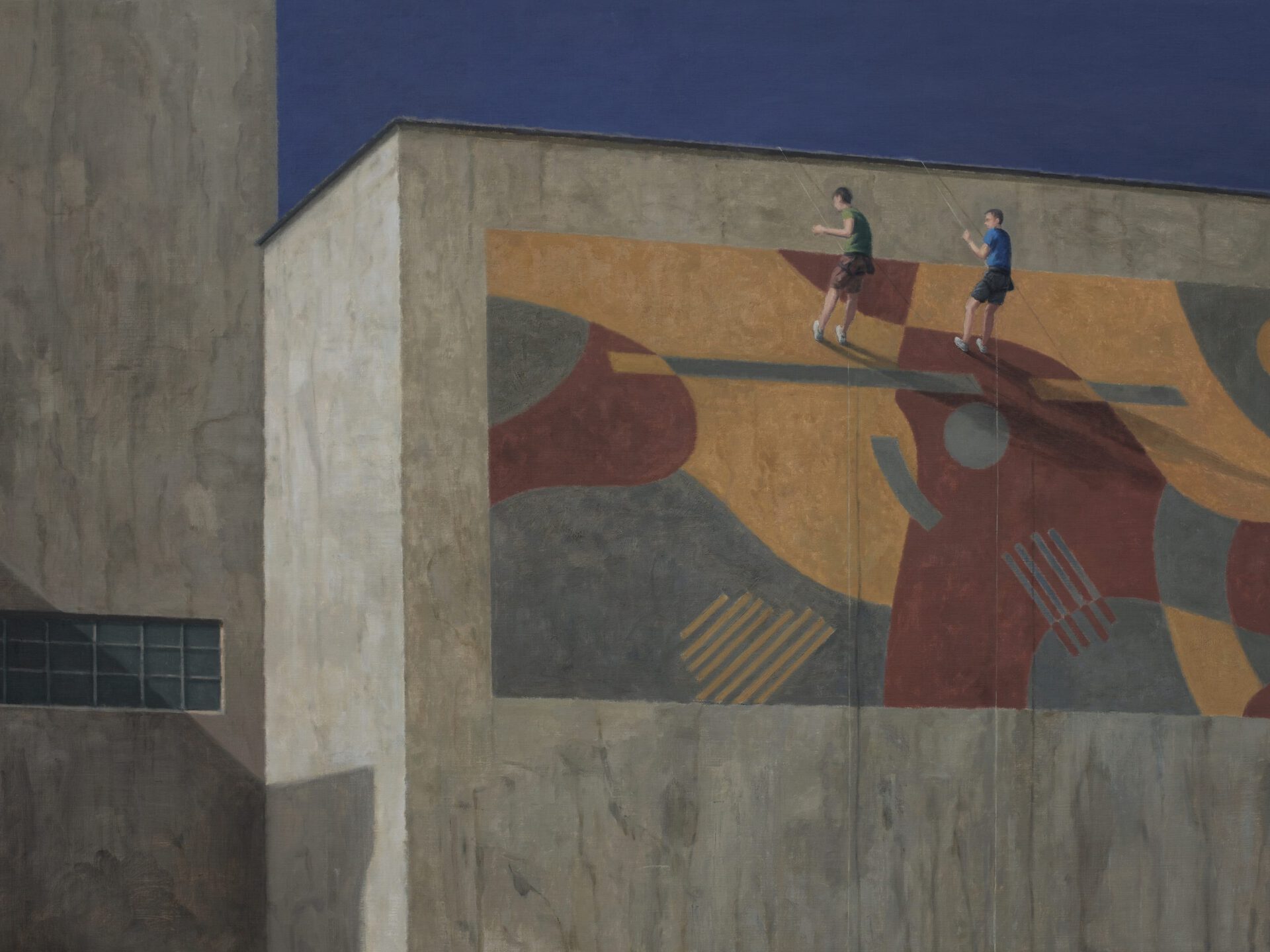
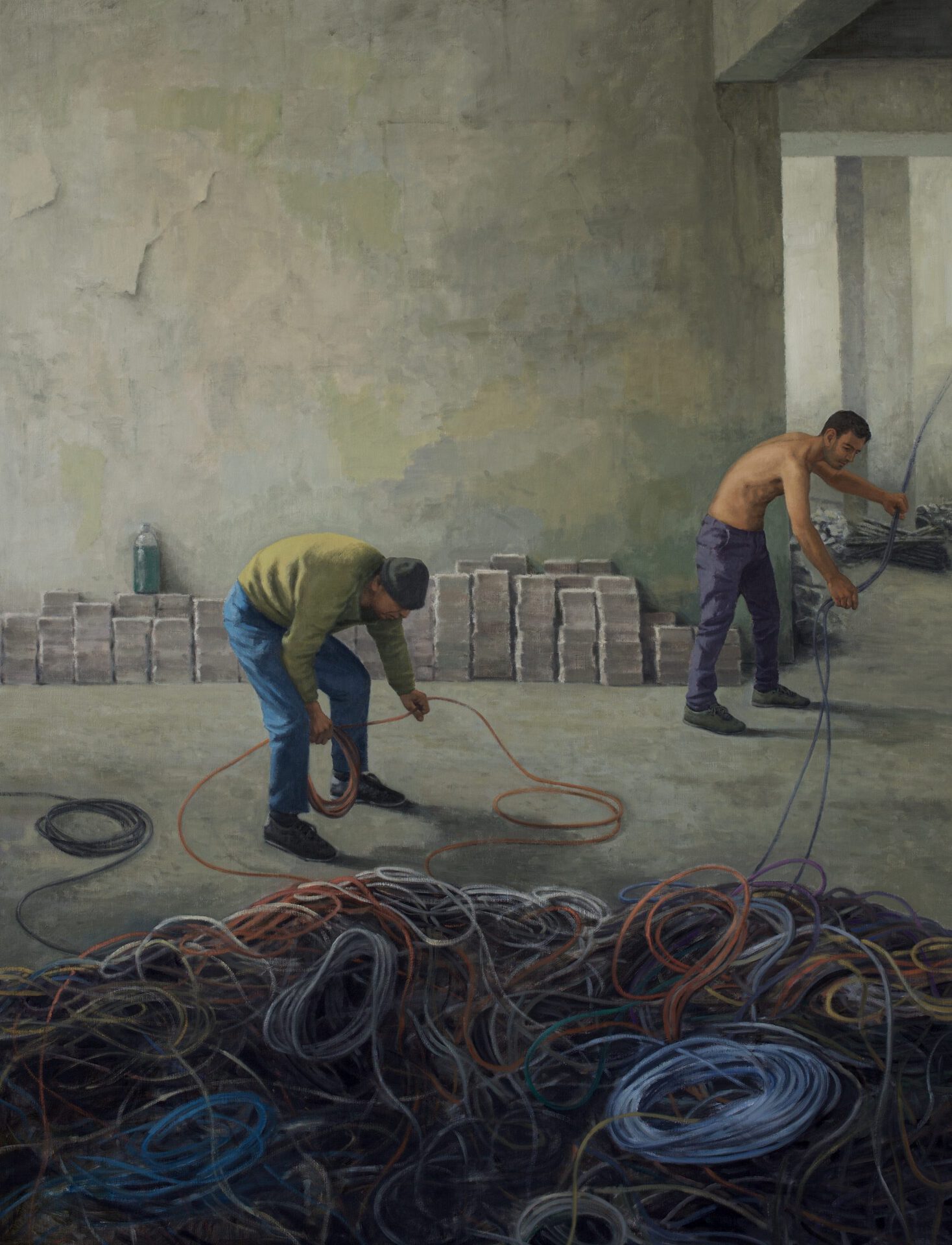

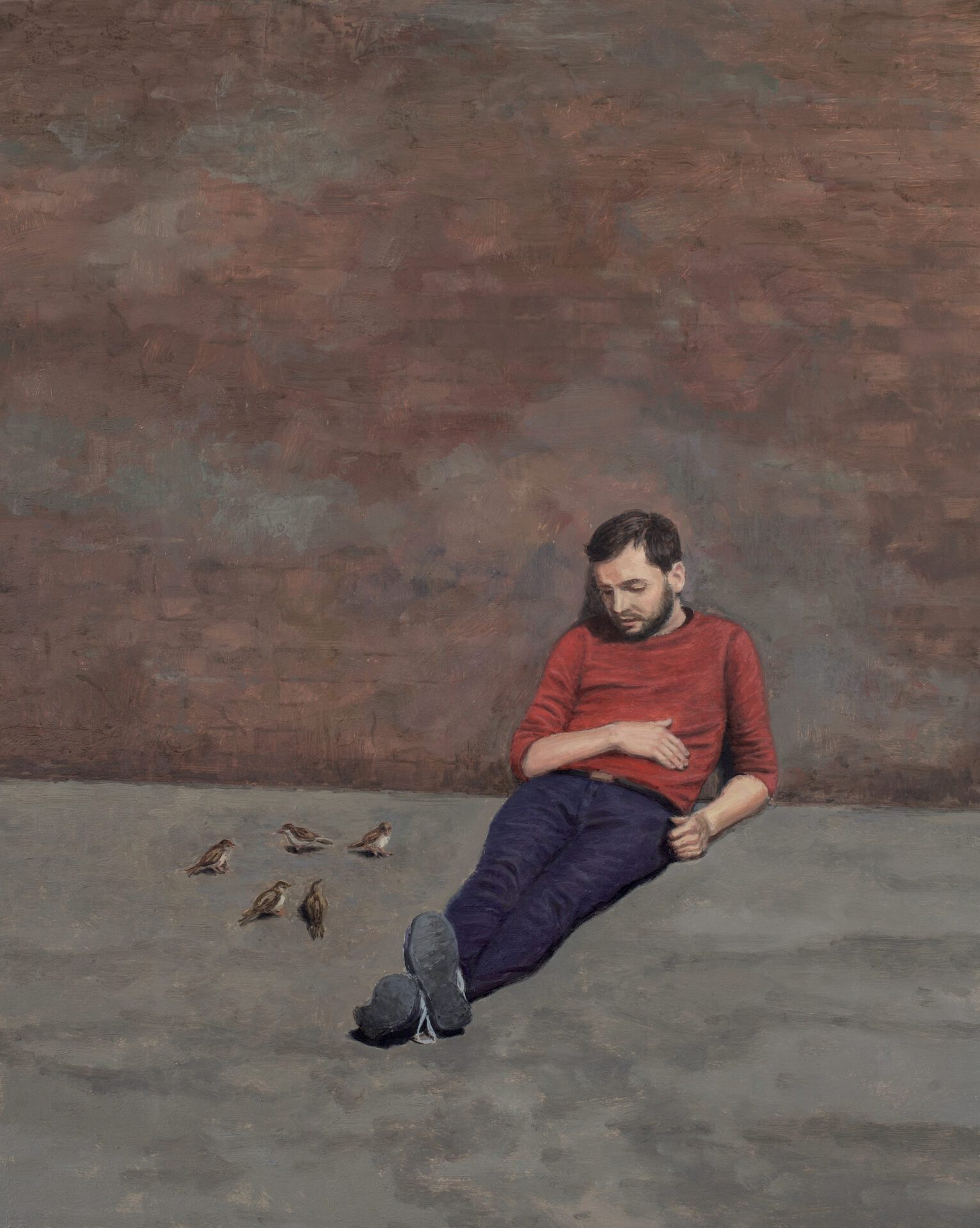
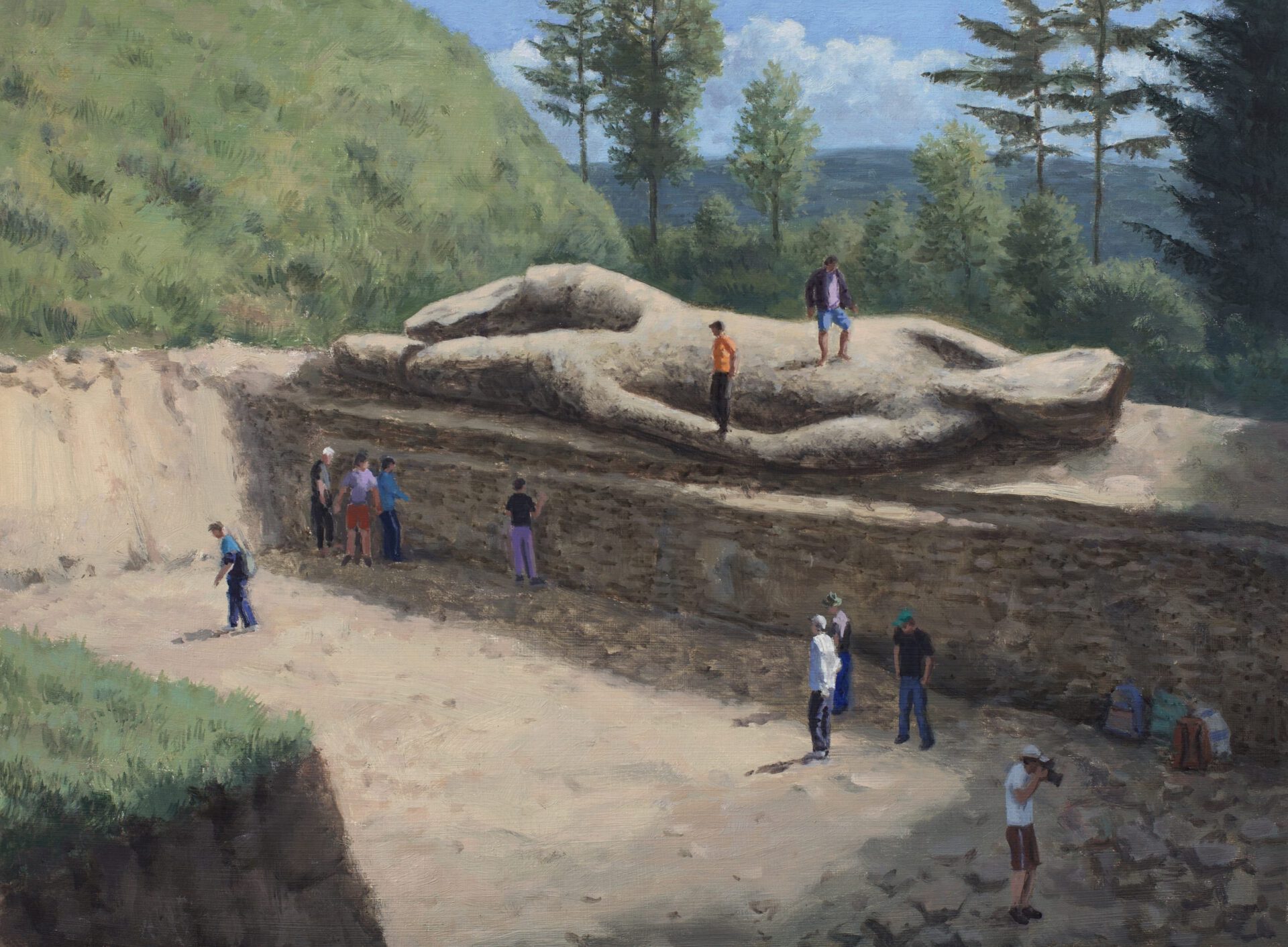
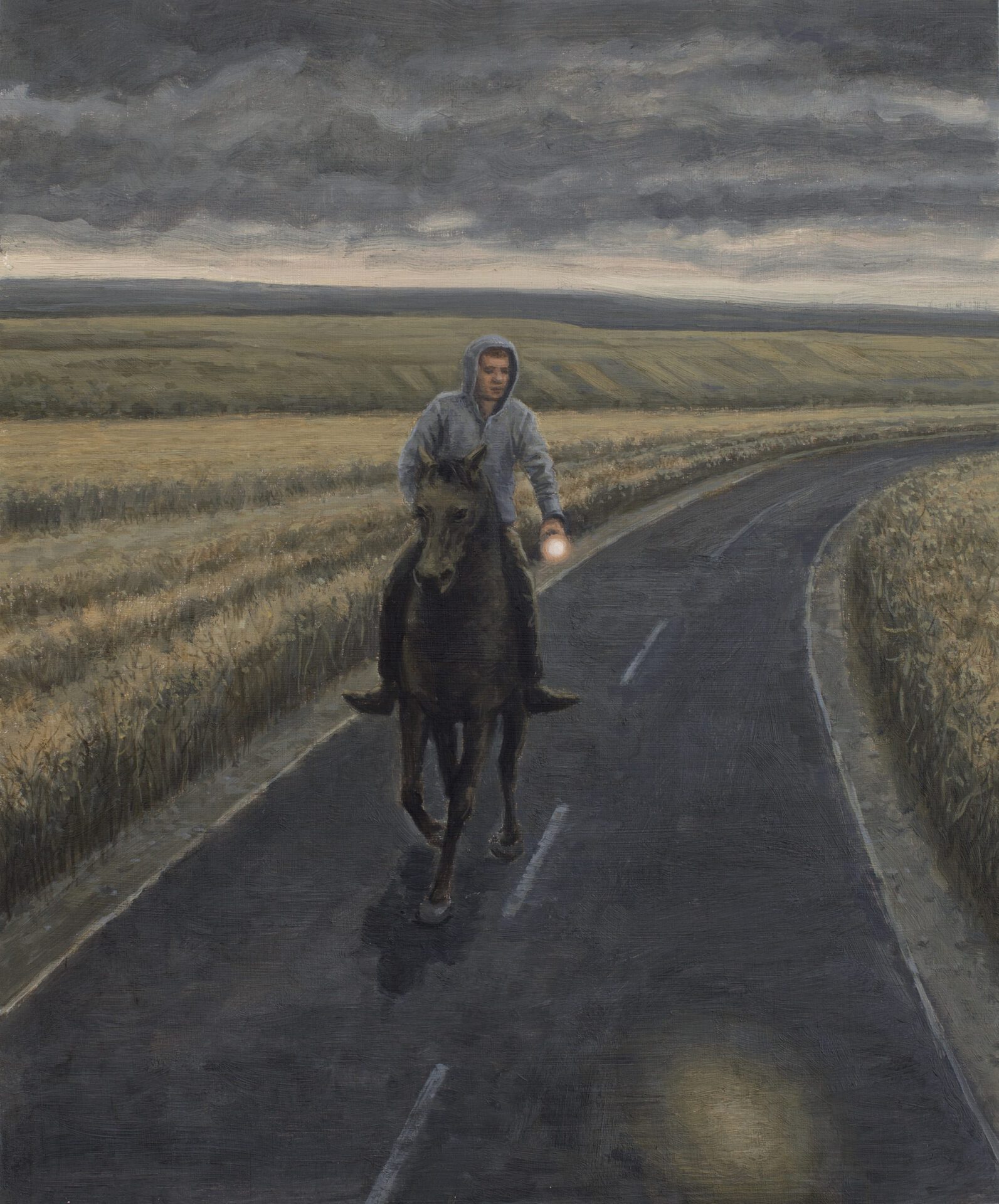
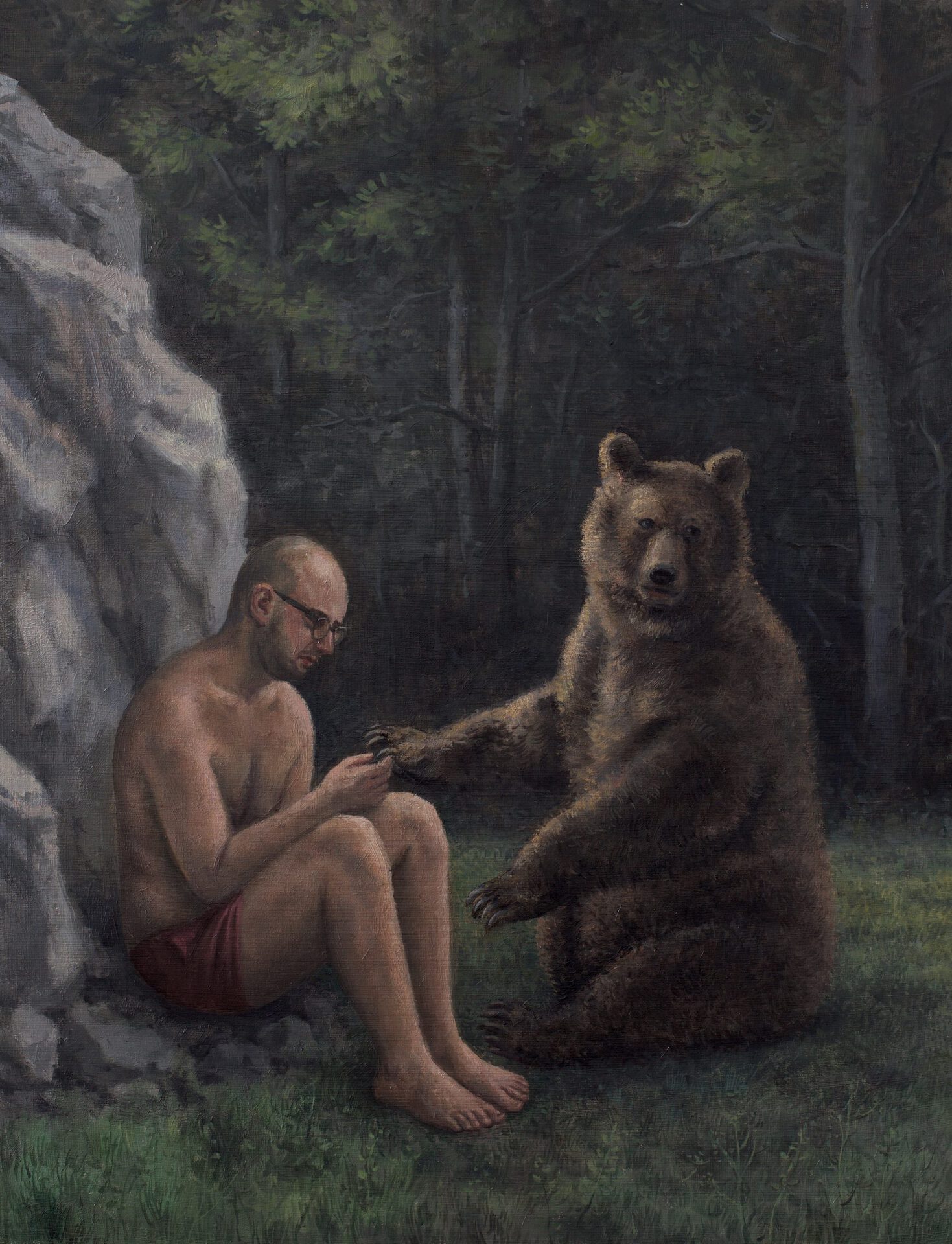
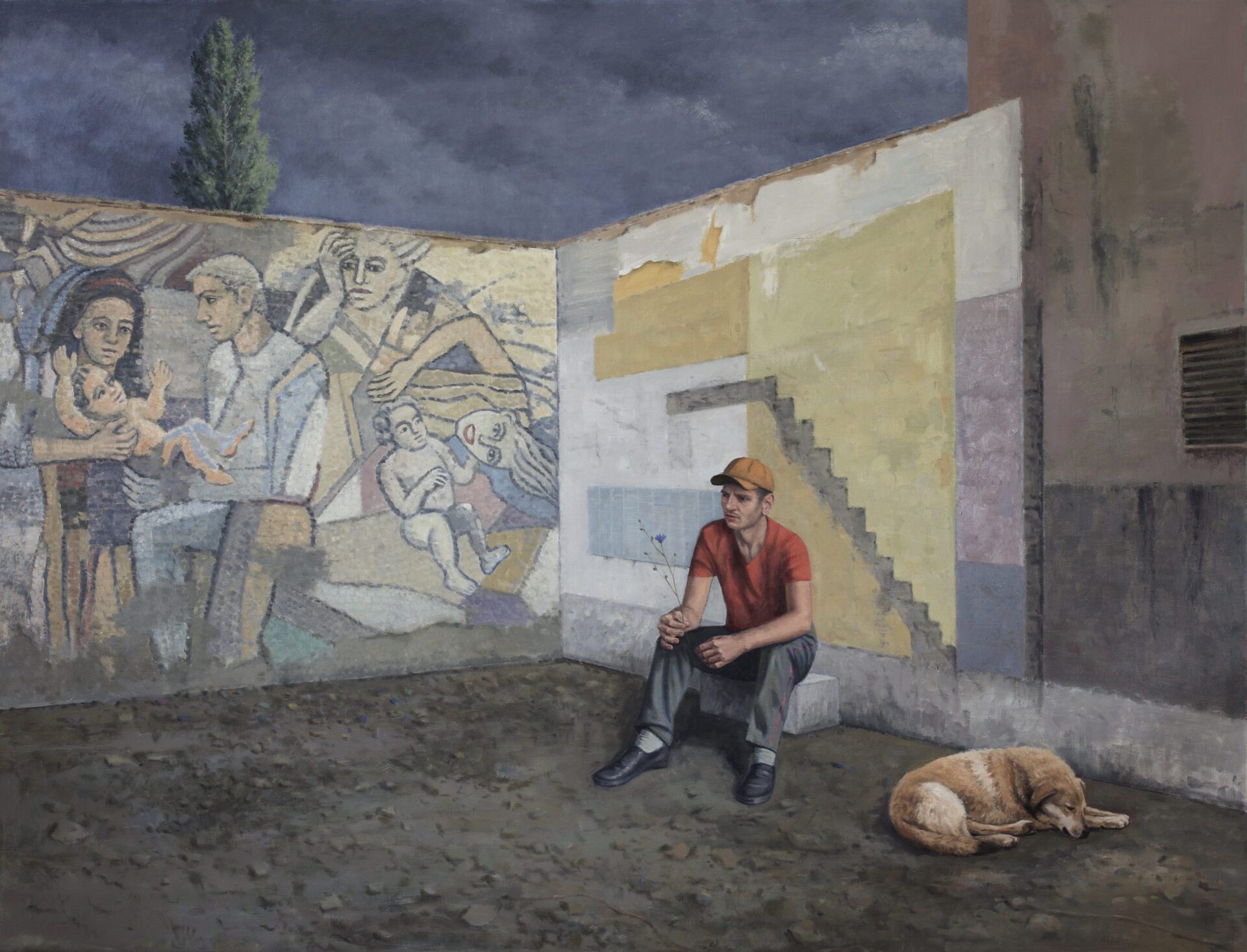
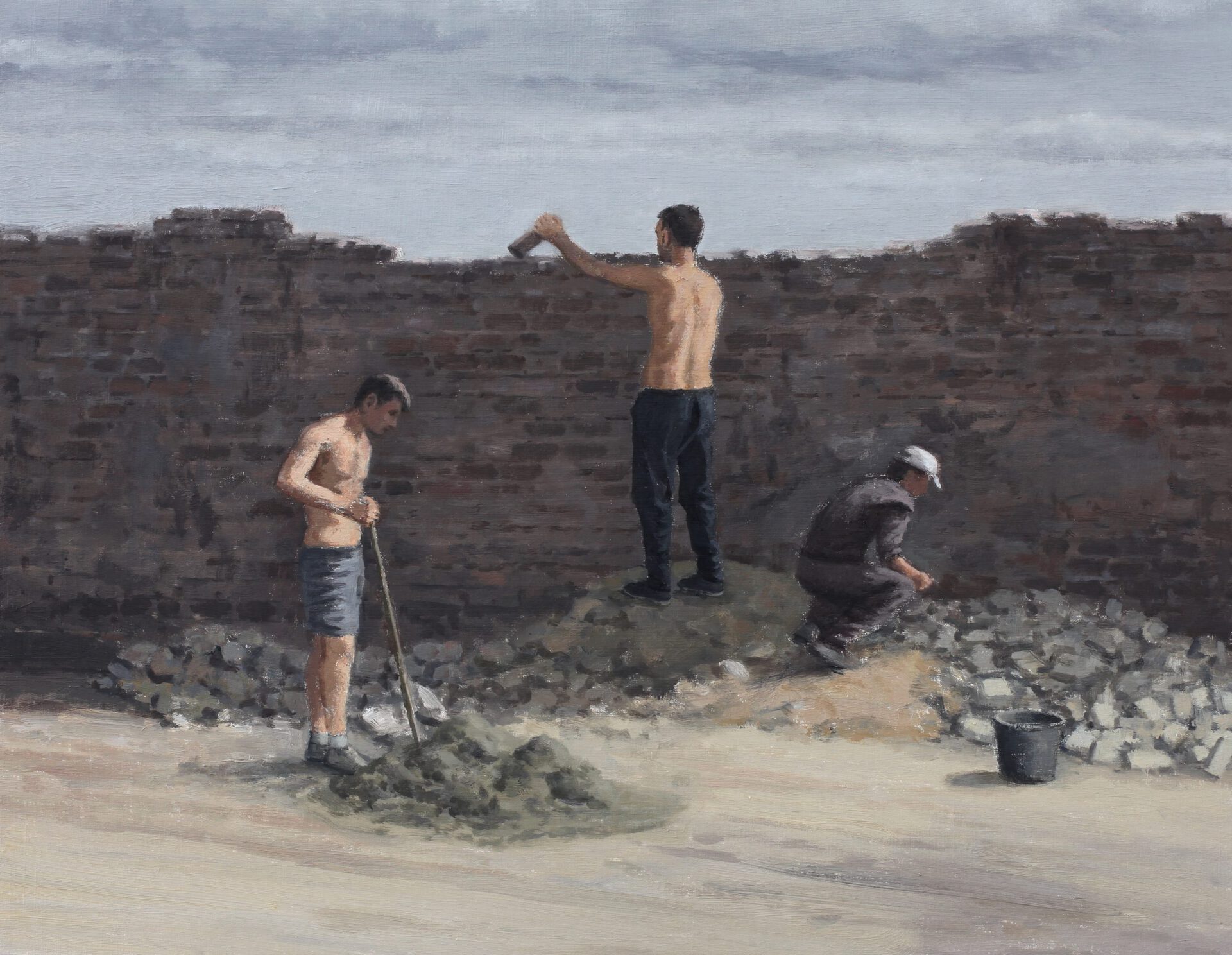
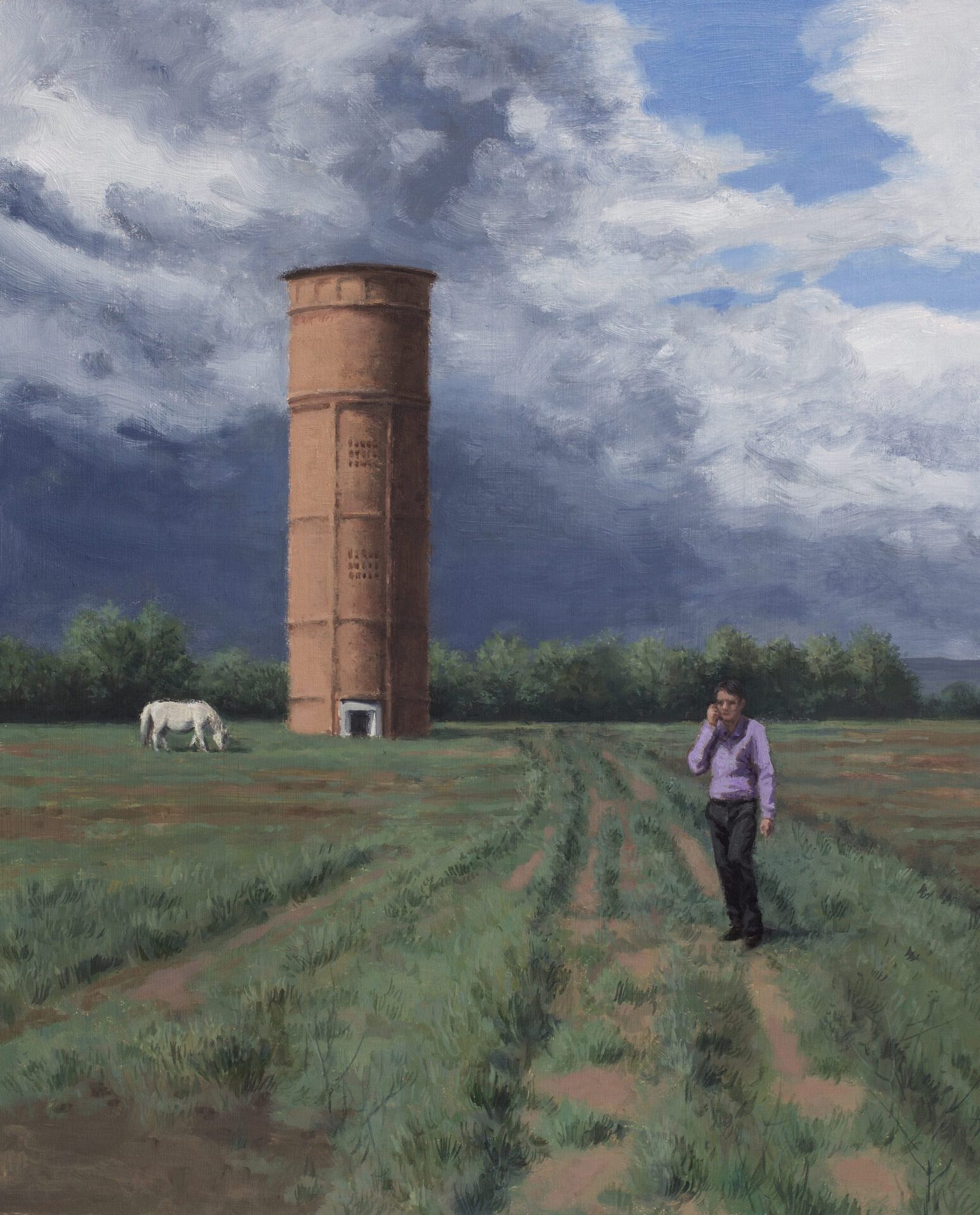
Location
Dawid Radziszewski GalleryDate
08.04 –14.05.2022Photography
Błażej PindorSubheadline
The rhythm of life of the figures in Şerban Savu’s paintings is marked by work and rest, though it does sometimes happen that their lives are devoid of structure. Then the gap is filled by waiting for a meeting that never arrives. Or it could be that the (almost exclusively male) figures in the works by this Romanian artist have given up waiting for anything. They have closed up in their internal problems, they are indifferent to politics or the ongoing modernization of the country that has caused their misery. If they do work, it is without conviction, not of their own initiative, they are hired by foreign capital. They fall asleep in the sun. The weather is generally fine, like in paintings of the Quattrocento, and if the sky is clouded over, it is to reflect a mental state, emotions, melancholy, or regret. Over the past few years, Şerban has departed from realism, conceived both as a reflection of reality and as social relations. His new pictures are more uncanny and filled with references to art history. They are filled with unusual encounters between fascinating people and creatures. There is a bear with a thorn in its paw, fraternal horses, and trusting sparrows. Ancient and Christian traditions, recollections of the Carpathian inhabitants from the times of Nicolae Ceaușescu, experiences of labour immigrants, and the incomprehension of our anxieties and needs we all share in Central Europe all merge to make up the mythology of this land lost on the outskirts of the Roman Empire. Şerban Savu is one of the most important Romanian artists born in the 1970s. His works belong to the collection of the Museum of Modern Art in Warsaw. This is his third exhibition for our gallery.Text
The rhythm of life of the figures in Şerban Savu’s paintings is marked by work and rest, though it does sometimes happen that their lives are devoid of structure. Then the gap is filled by waiting for a meeting that never arrives. Or it could be that the (almost exclusively male) figures in the works by this Romanian artist have given up waiting for anything. They have closed up in their internal problems, they are indifferent to politics or the ongoing modernization of the country that has caused their misery. If they do work, it is without conviction, not of their own initiative, they are hired by foreign capital. They fall asleep in the sun. The weather is generally fine, like in paintings of the Quattrocento, and if the sky is clouded over, it is to reflect a mental state, emotions, melancholy, or regret.
Over the past few years, Şerban has departed from realism, conceived both as a reflection of reality and as social relations. His new pictures are more uncanny and filled with references to art history. They are filled with unusual encounters between fascinating people and creatures. There is a bear with a thorn in its paw, fraternal horses, and trusting sparrows. Ancient and Christian traditions, recollections of the Carpathian inhabitants from the times of Nicolae Ceaușescu, experiences of labour immigrants, and the incomprehension of our anxieties and needs we all share in Central Europe all merge to make up the mythology of this land lost on the outskirts of the Roman Empire.
Şerban Savu is one of the most important Romanian artists born in the 1970s. His works belong to the collection of the Museum of Modern Art in Warsaw. This is his third exhibition for our gallery.
Dawid Radziszewski